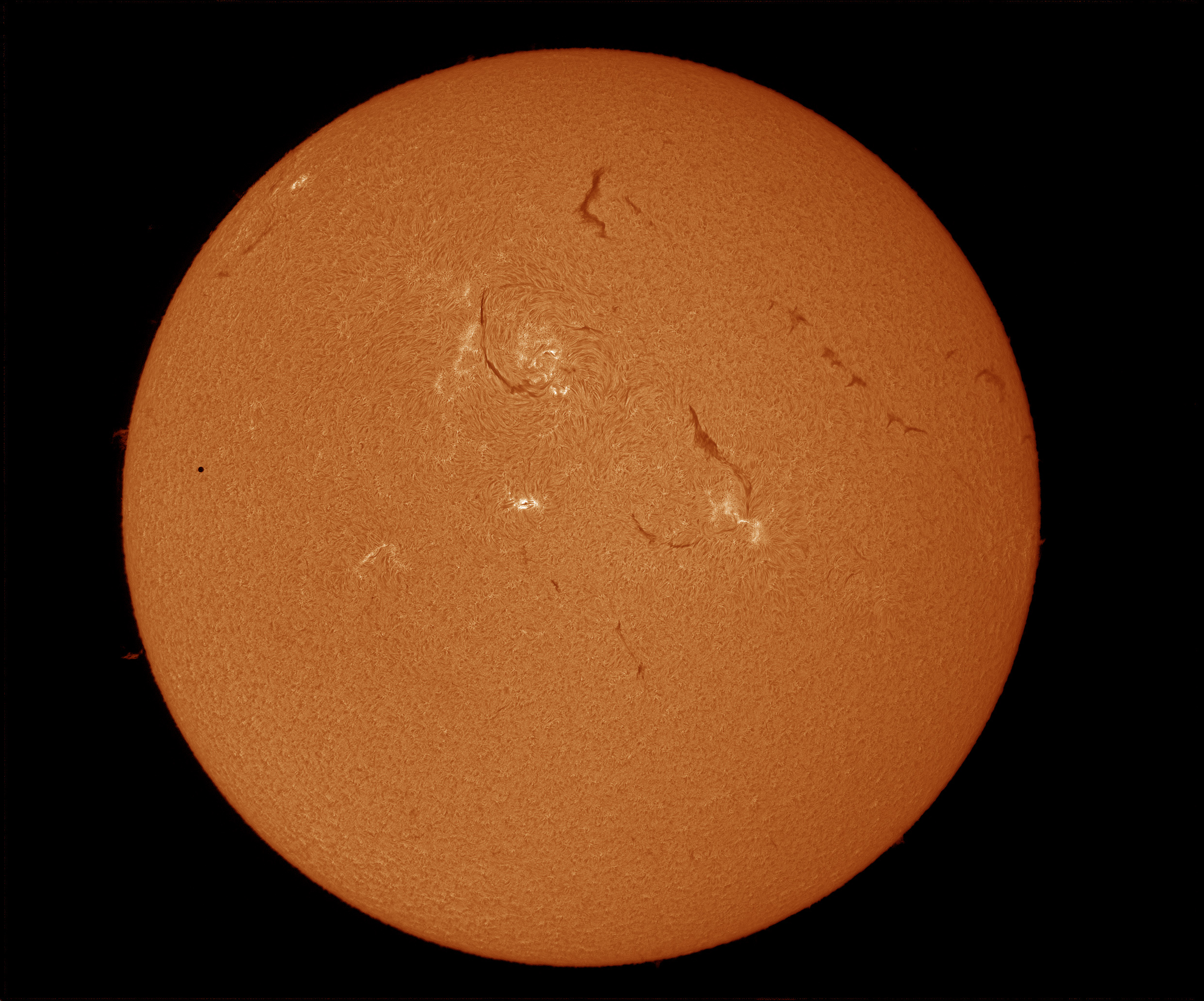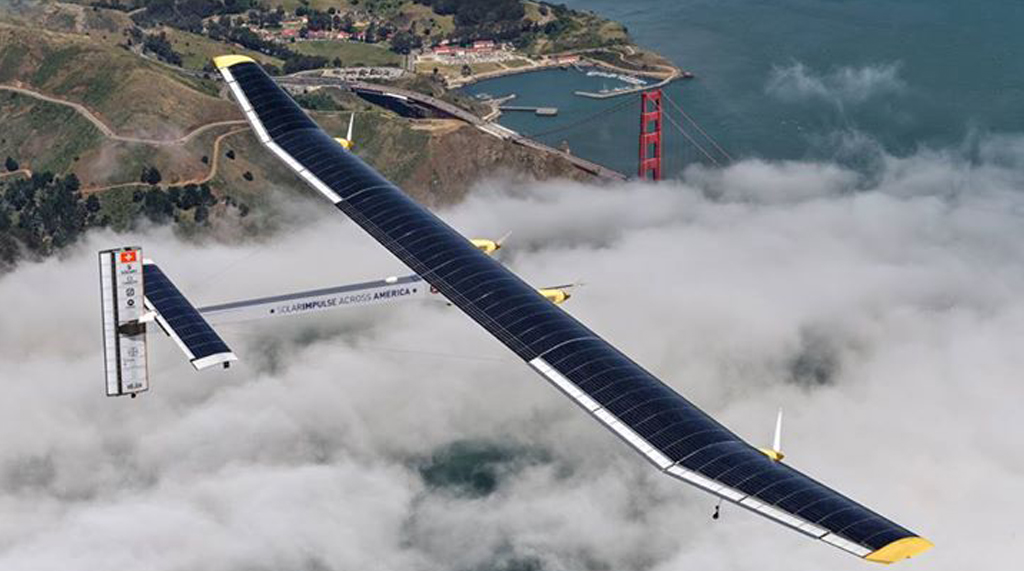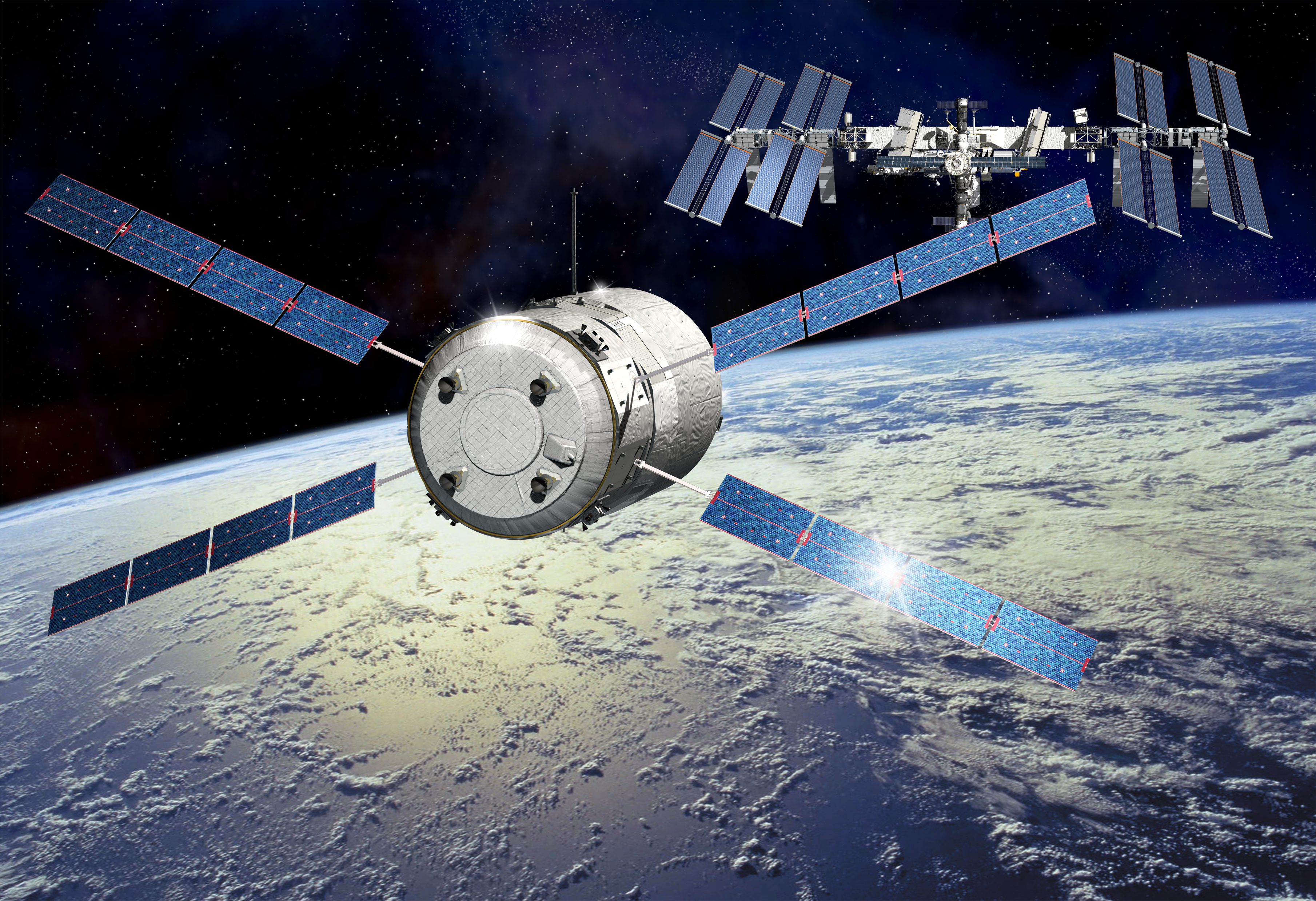Mercury’s transit
A celestial event that will occur merely 14 times throughout the entire 21st century; it is now time for Mercury’s transit in front of our Sun. From the Earth’s perspective, only the transits of Mercury & Venus can be viewed. On May 9th 2016, Mercury could be seen as a minuscule black dot sailing in front of the Sun’s magnificent inferno.
Centuries ago, it was the observation and analysis of the transit of Mercury (and Venus) that led astronomers to estimate astronomical distances. This was done by making use of the parallax effect. Astronomers would observe the transits from different geographical locations on Earth and precisely record the start and end of the transit. Thereby, the first estimates of the distance from the Earth to the Sun (1 AU) and other celestial bodies were...




